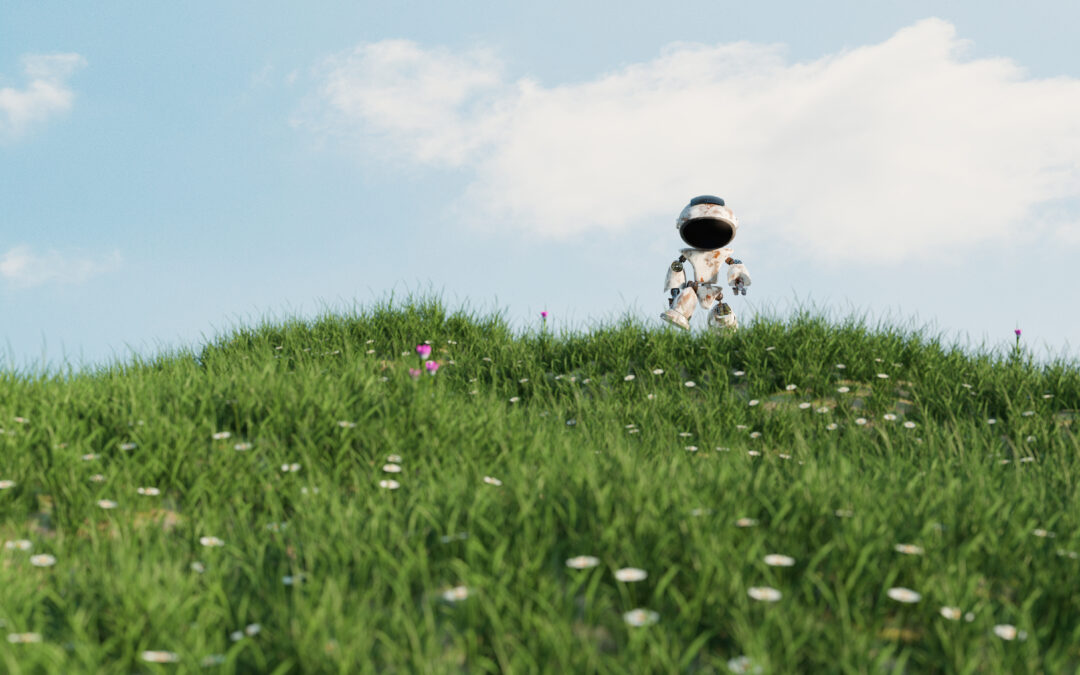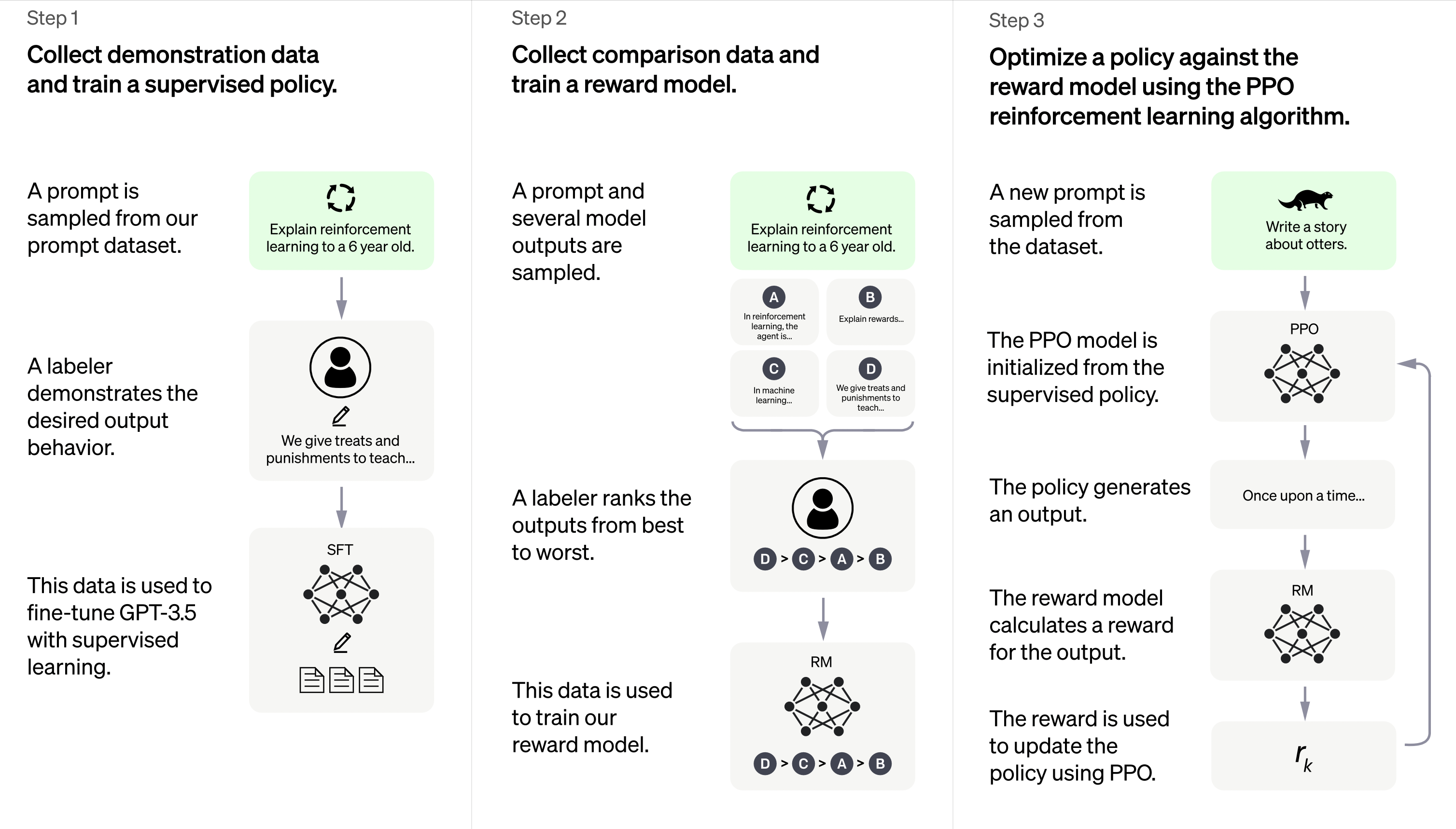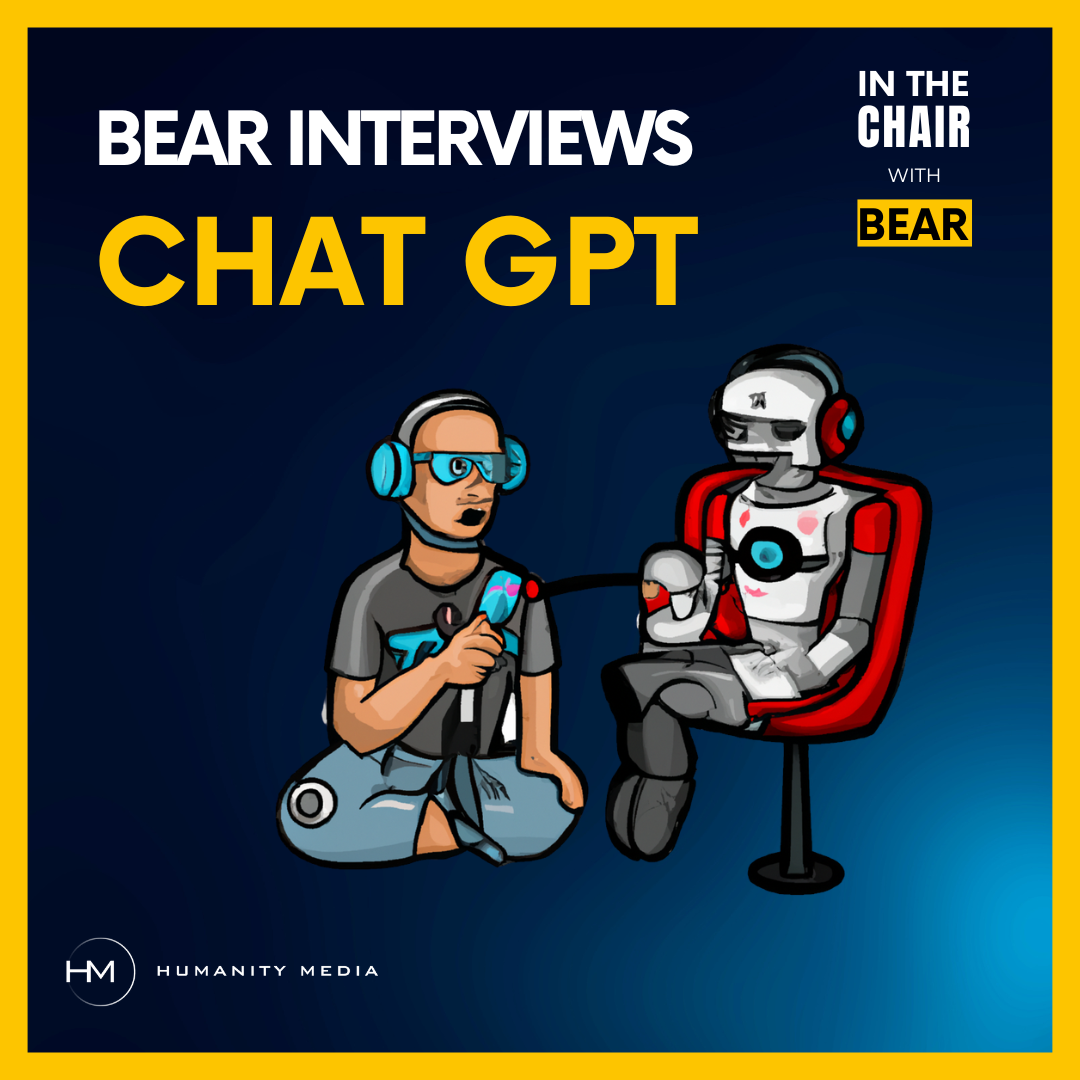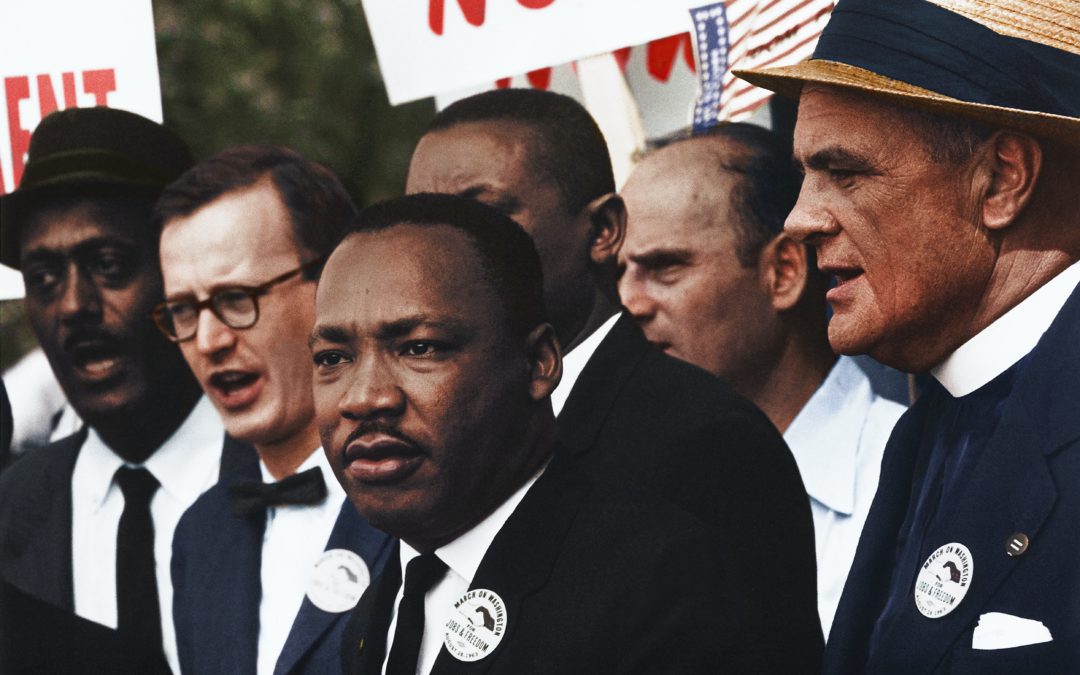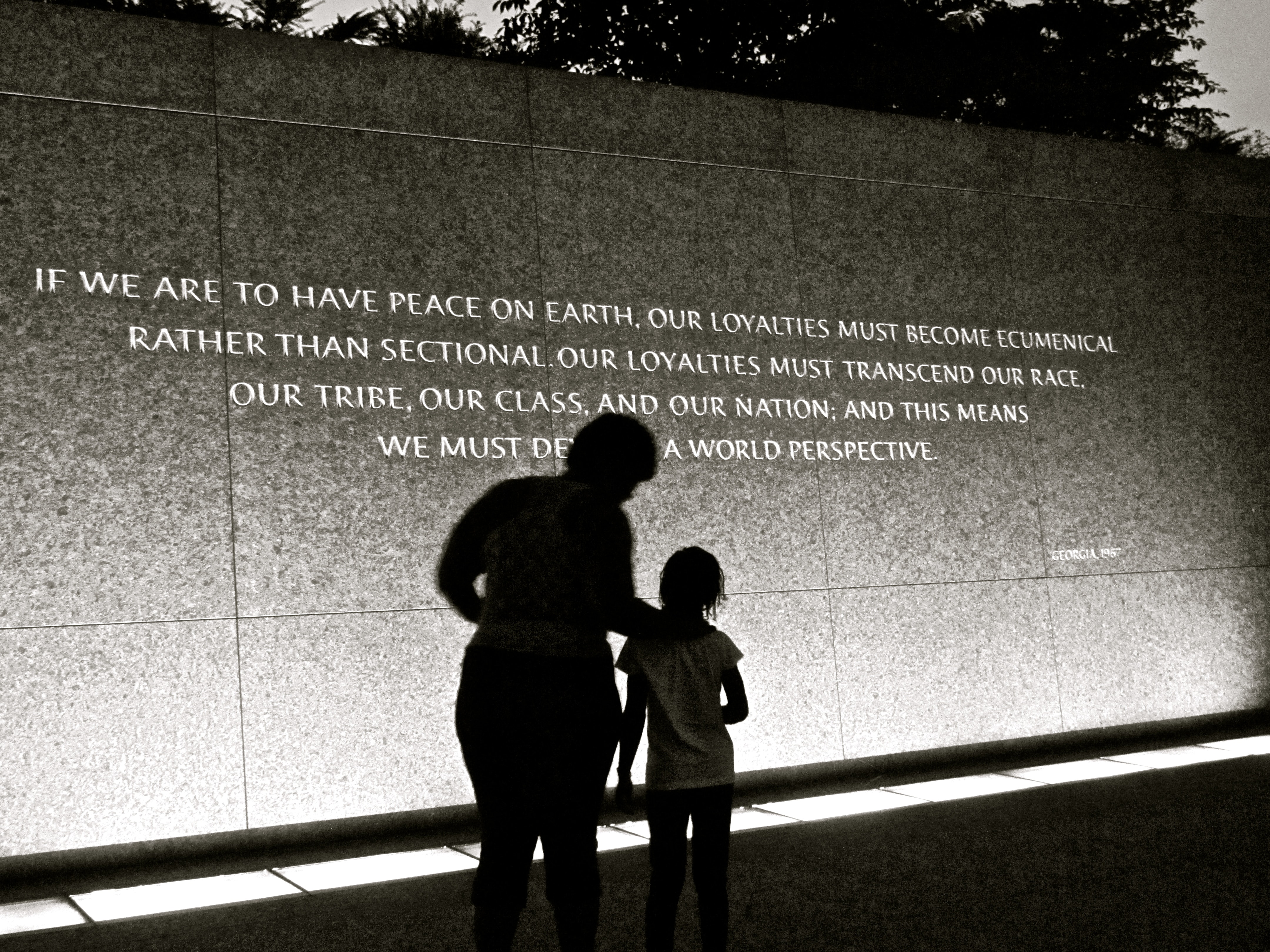
An Ode to Fear: How to Turn “Tiger Flight” into Successful Action
Duck and cover didn’t save us from the Cold War. Nor does it work for fear. Crawl into a ball, and it will eat you alive.
But like it or not, fear can be a catalyst for success. You always run faster when there’s a tiger at your tail. Fear is not only unavoidable – you need it. And it can take you far.
In our latest In the Chair with Bear, Humanity Media CEO Anthony Bear sits down with trauma specialist Judith Richards and Bill Bennett, an award-winning filmmaker and author who recently released Facing Fear, a film that explores the psychology and metaphysics of fear. Inspired by his own Parkinsons' diagnosis, Bennett talks to some of the world’s leading experts in fear management. In the podcast, he, Richards, and Bear discuss the film, the roots of fear, and how people can use fear to actually enrich their lives and get what they want.
Ralph Waldo Emerson delivers this advice: “Always do what you are afraid to do.” Joseph Campbell sounds like a career coach for pirates when he suggests: “The cave you fear to enter holds the treasure you seek.”
So let’s crawl into the darkness of fear and explore its potential. Because when we master fear, we become masters of ourselves. We can confront our anxieties on an entirely new dimension. Here’s how to turn fear into actionable combustion to achieve your dreams
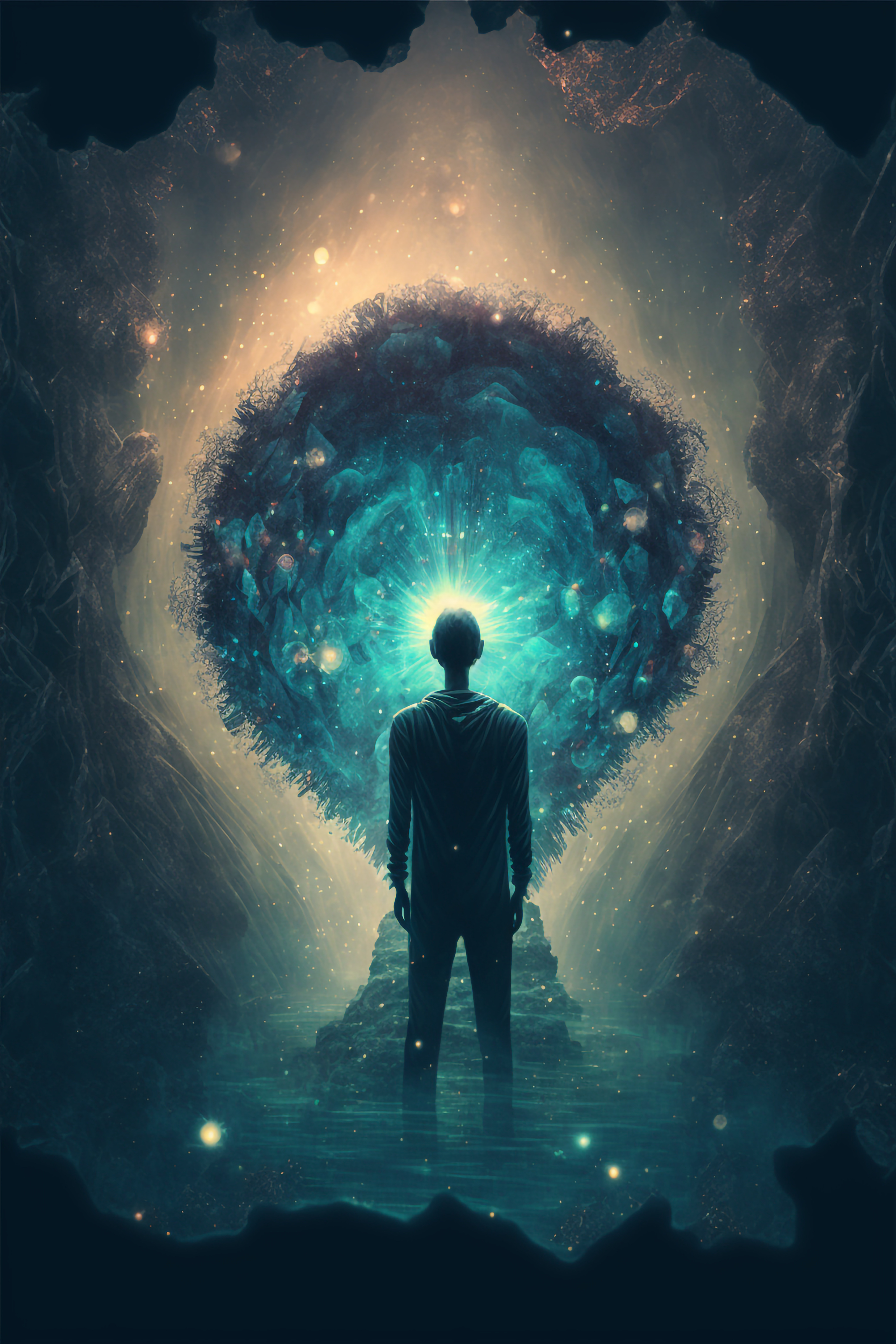
Two Types of Fear and How to Tell the Difference
First, let’s talk about the two types of fear: True fear and false fear.
True fear is a saber tooth tiger, built into our DNA since our days living in caves, spearing woolly mammoths. It’s fear of a very real threat you must act on to avoid disaster, like Intel’s Fourth Quarter report $14 billion down, or climate scientists wondering how soon the Hoover Dam hits dead pool level. It’s that Parkinsons’ diagnosis that redefines the timeline of a lifetime.
False fear is simply anxiety, fed by a media diet that markets fear like Big Macs. It’s helicoptering your children when crime is a just fraction of what it was during your own latch-key childhood. It’s being afraid of vaccines when actually the virus kills millions. It’s racism and Islamaphobia when the gunmen are American, white, and can’t get a date.
But here’s the irony: False fear can still kill you just as effectively as a saber tooth tiger. Genes actually have less than a 5 percent impact on your risk to develop a particular disease. But 90 percent of all illness is stress-related. Like smoking, our worries can be fatal. And they can prevent us from reaching our full potential – if we let them.
Take the first step is to identify the reality of a fear. Whenever you feel the willies, ask yourself: Is this a hungry tiger or a worry tiger? Hungry tigers are literal threats to our existence, family, or livelihood. Worry tigers are existential – but they can still divide us from ourselves when we start to judge ourselves.
Fear is an attachment to an experience in the past you think is going to happen again. When you feel fear in the pit of your stomach, what’s the reality of that fear? Name the fear and evaluate its realism. Because ignoring fear doesn’t make it go away – it will devour us whole.
Once we put the fear into words, we can quickly judge whether it’s false or real. Once named, fear dissipates like air from a balloon – we’re left with a flattened piece of rubber that’s a fraction of its original caliber.
Love: the Antidote to Fear
Whenever we face a fear, whether it’s true or false, we can choose to confront it with love.
In Facing Fear, Bennett interviews Michael Sandler, co-creator and host of Inspire Nation. Sandler faced a life-threatening crisis when he slipped and fell hiking in a remote creek. The fall shattered his thigh in excruciating pain but there was no one around to hear his screams. Responding to the fear of death, Sandler repeated a mantra: “Breathe in sunlight; send out love.” The fear dissipated and the meditation kept Sandler alive until help arrived.
The important thing is to be gentle with fear. Talk to fear like it’s a worried child and give it compassion. Calm the concern and provide perspective.
Notice how the fear feels in your body. Allow it to be and even learn to love it. Fear has its purpose. Acknowledge the situation. This is what’s happening now, but remember it’s temporary. This moment will soon pass. It’s all part of this great life adventure you’ve managed to survive so far.
Rather than just focus on the problem, take a step back and breathe. Take a vacation in your mind. Ask yourself where you want to end up and visualize that reality. Breathe in the vibration and imagine a better future. Determine the steps it takes to get there and make a plan to begin the journey. Life happens when we let it.
Harness the Energy of Fear
Sometimes the obstacles in our path are so big we can’t see a way around them. Fear is our response. What do we do?
Use the fear to take action. Fear can be a calling, an instigator of adrenaline. It’s nature’s prime motivator, our wake-up call out of complacency. Harness its energy. Fear can take you far.
As Blackalicious begins the first track on their hip-hop record Nia:
“Struggling
Oh how we struggle
And the more we avoid it
The greater the struggle becomes
Until we realize
That struggle is a blessing”
Realize that fear itself can be a form of inspiration, even if we hate it. Think back on what has made you afraid over a lifetime. It’s often those scary moments that pushed us past our limits, the events that led us to build our lives, the struggles that unfolded the glory we now behold.
You can’t escape fear, but you can harness it to do amazing things. Fear is adrenaline fuel to win the race. Grit your teeth and charge against the wind.


